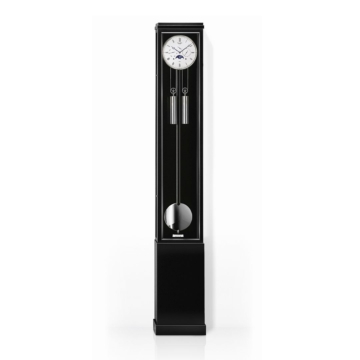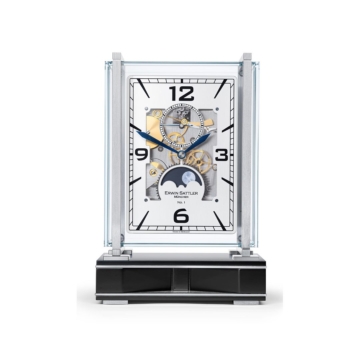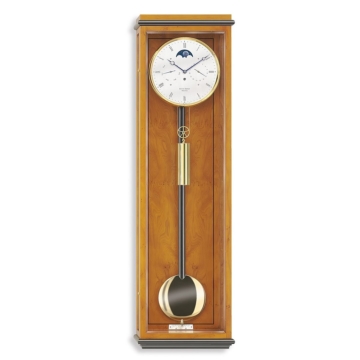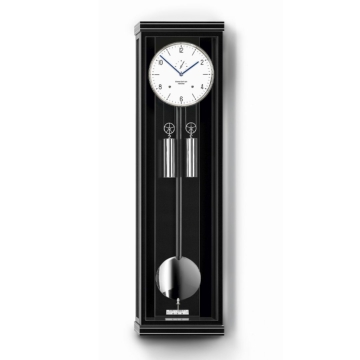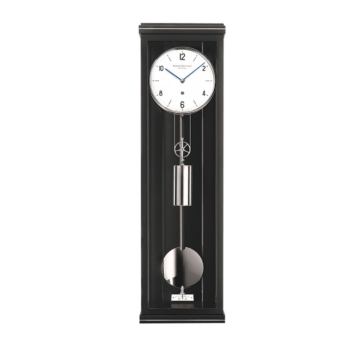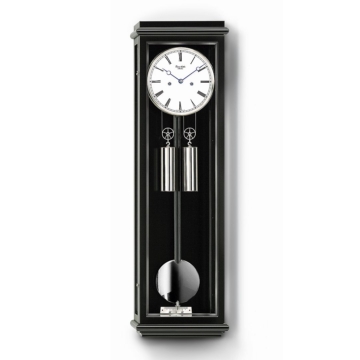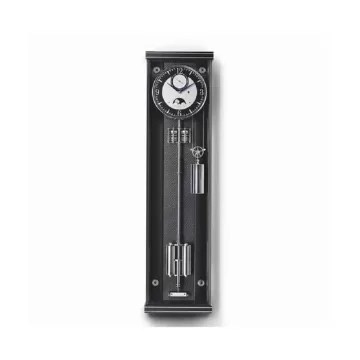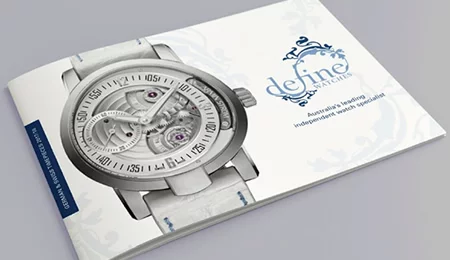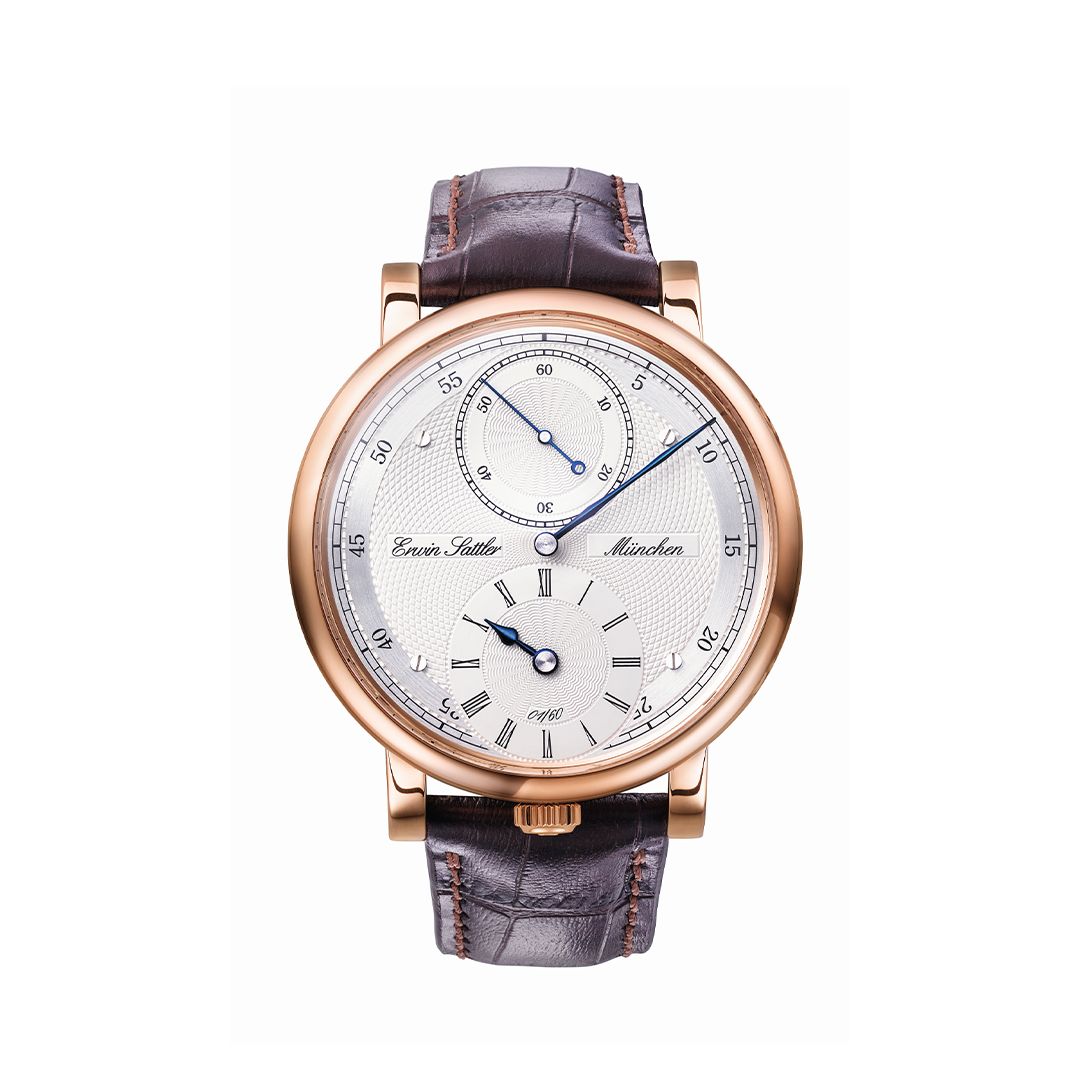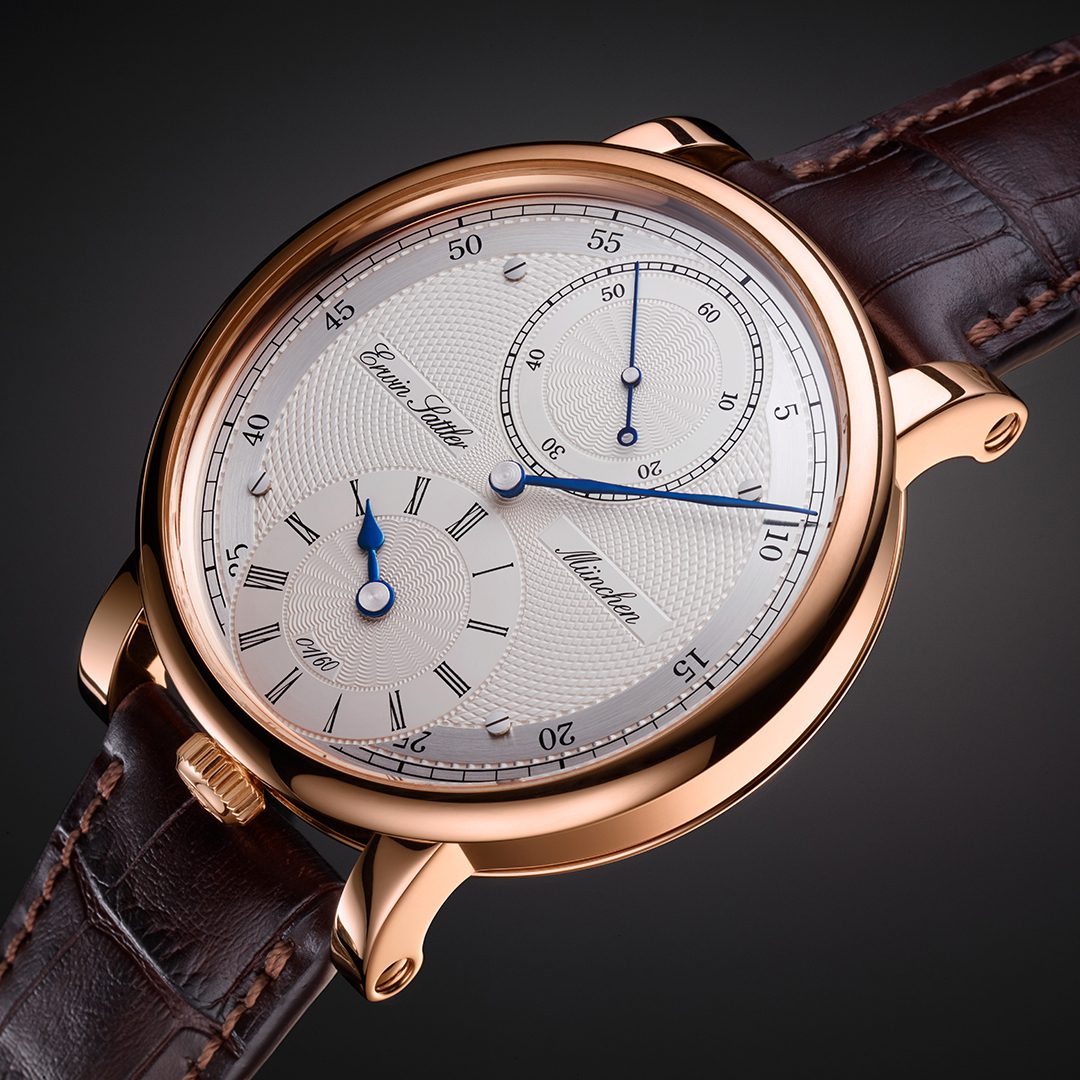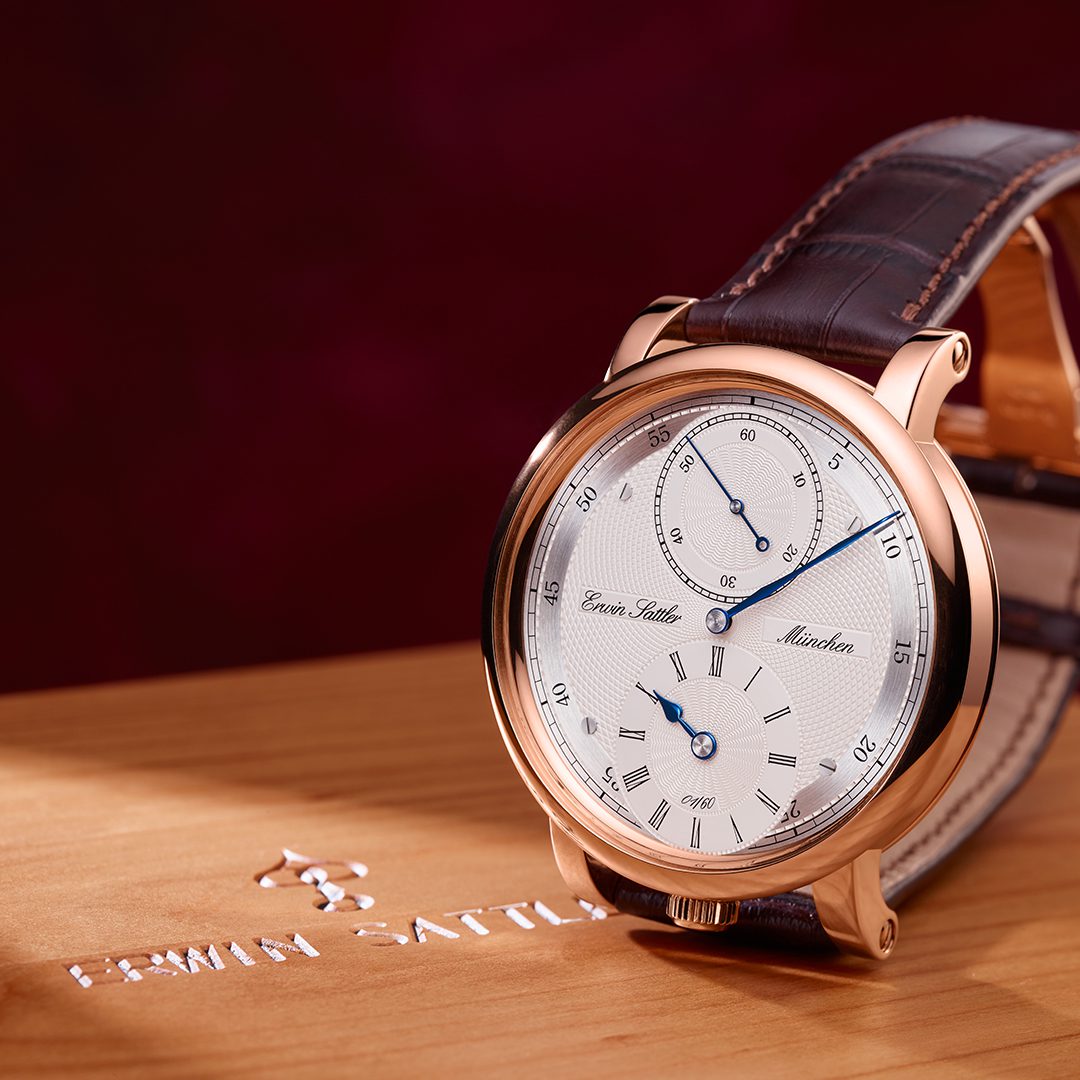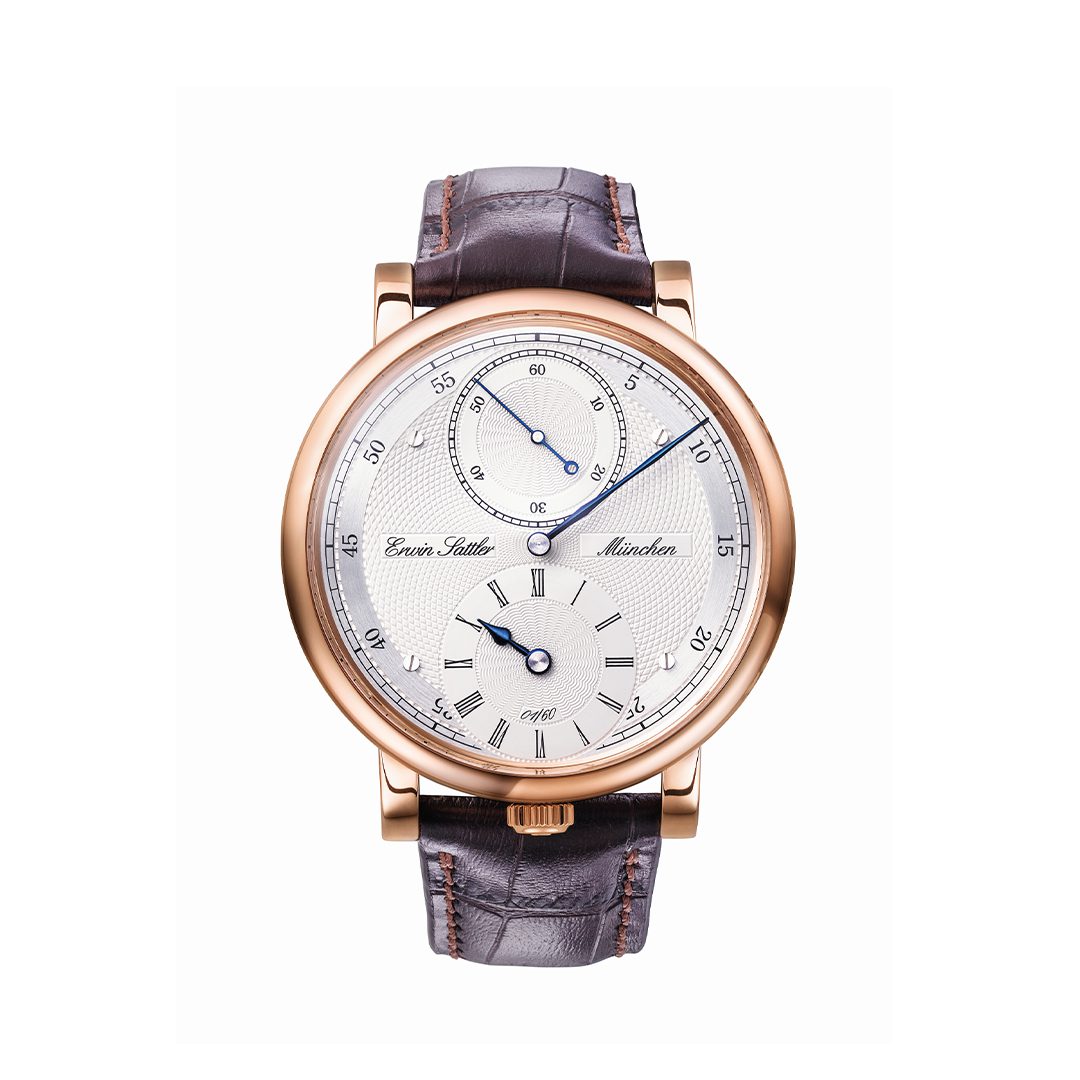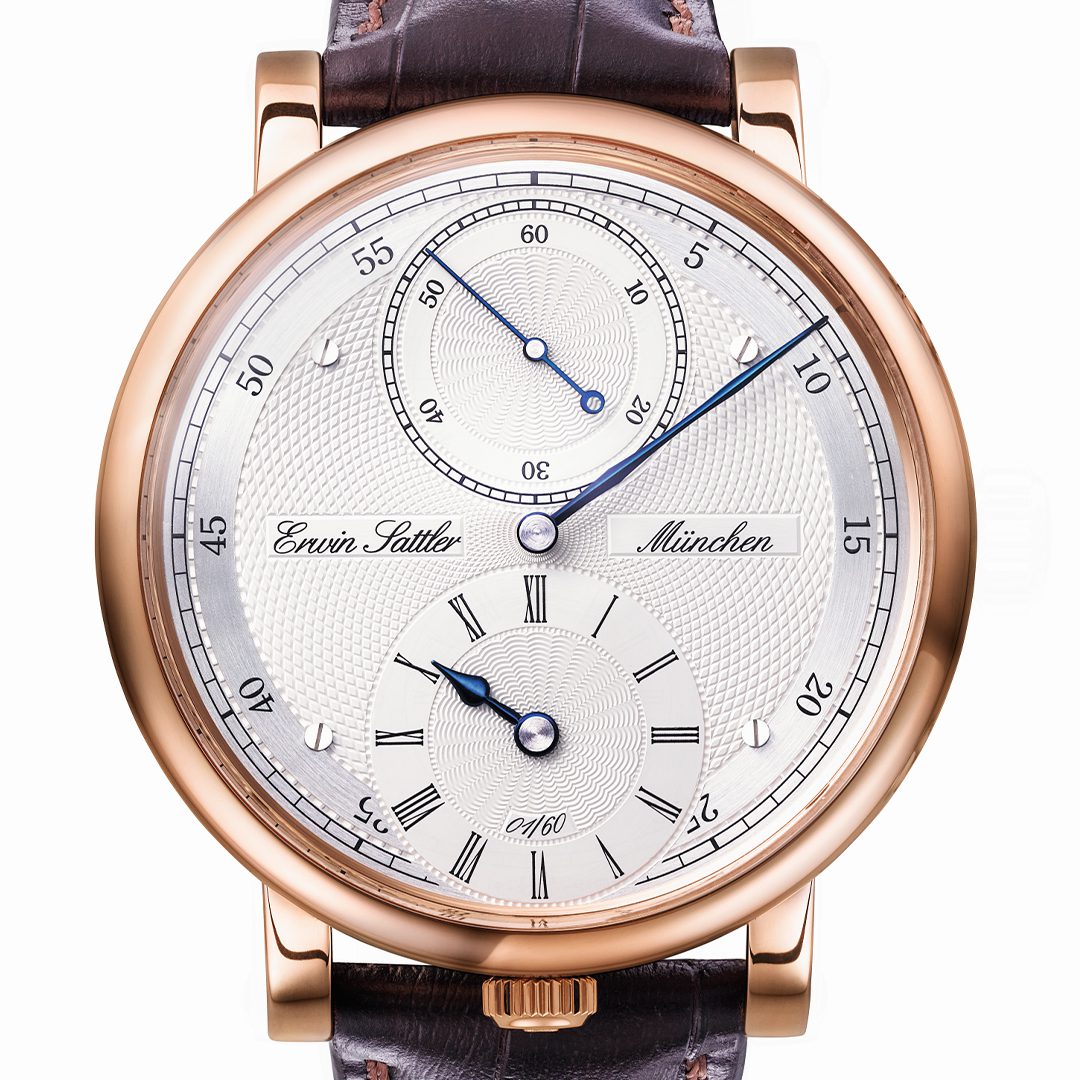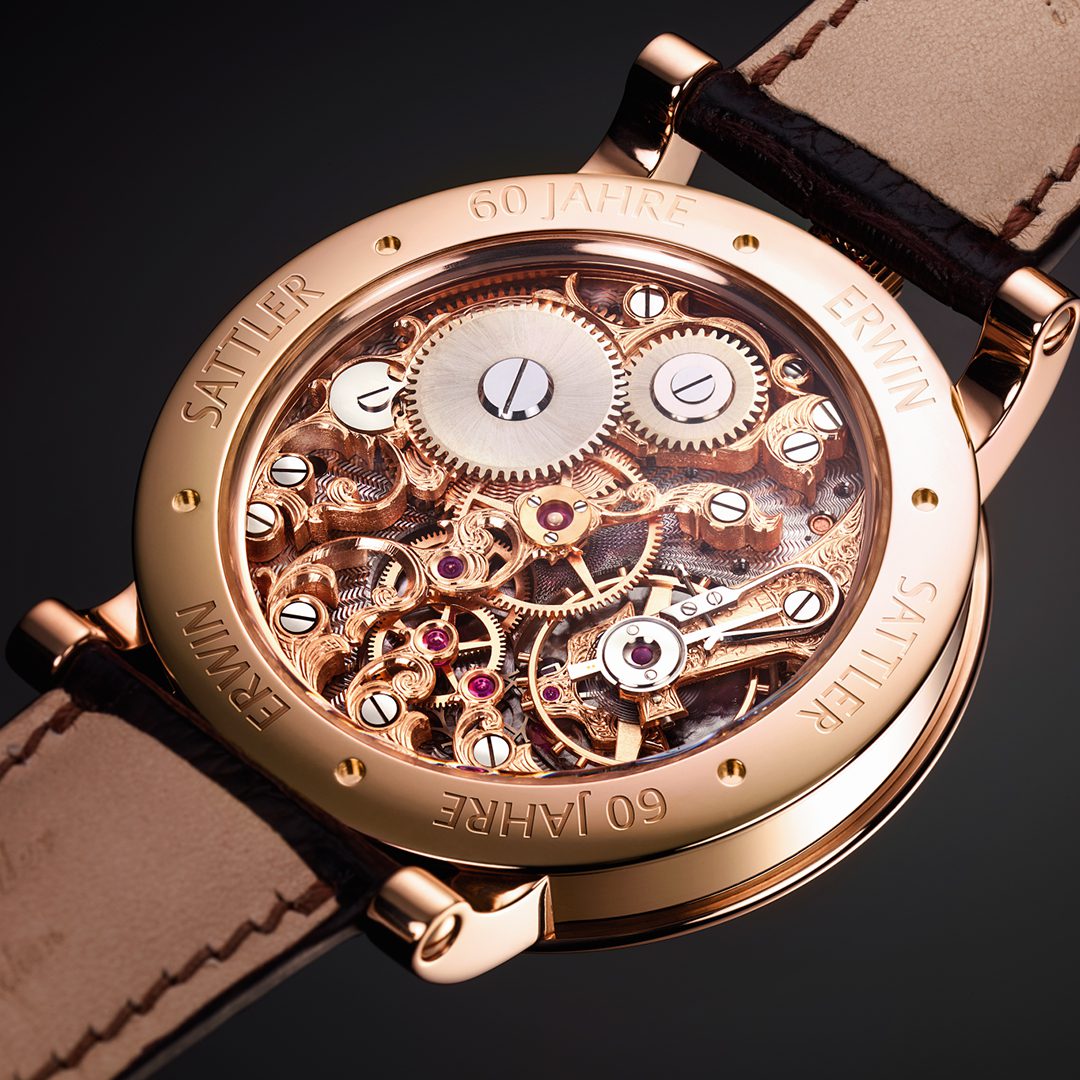Description
Erwin Sattler Regulateur 1920
CRAFTSMANSHIP IN PERFECTION
The Regulateur 1920 wristwatch brings delight to its owner with outstanding aesthetics, precious materials, impressive craftsmanship and functional perfection − just what you’d expect from a masterpiece by the Erwin Sattler manufacture. This is a timepiece that embodies the history of horology, incorporating examples of its distinguishing characteristics and accomplishments.
The name of the watch is also significant, since it derives from a commitment to adhere to tradition.
The unusual design of the solid silver dial takes after the fine precision pendulum clocks that have been produced by Erwin Sattler since 1985 at the latest. The dials of these fascinating large clocks are considerably different from those of their typical counterparts, since rather than being positioned in the centre as usual, the hour hand is off-centre in its own, smaller circle of rotation just above the “6”.
The reason for this arrangement stems from the purpose that the majestic timepiece − simply referred to as the “regulator” by specialists in the field − fulfilled in the early 20th century. In places such as observatories, timekeeping centres and clock factories, the indication of the hour was actually of lesser importance. Far more important to horological interests was the second, also known as the “secunda diminutiva pars” − the second diminished part of the whole, or the 86,400th part of a mean solar day. Naturally, this had to be maintained as precisely as possible.
At the time, there were still no electronic timing machines of the kind used in watch workshops today. Extremely accurate precision pendulum clocks therefore served as a time standard for astronomers and timepiece regulators. The second hands of these were compared by eye with that of the pocket watch or wristwatch being regulated. This task demanded the maximum concentration and a clear view of the current position of the second hand − something that a centrally placed hour hand could easily interfere with. Resourceful designers therefore banished the hour hand from the centre, frequently positioning it by the “6” instead − and thus the Regulator dial was born.
During the heyday of the 1920s, a classic, high-quality hand-wound movement with elegantly curved bridges and cocks and visible winding wheels in the Lépine style emerged in the Jura mountains of west Switzerland. This type of design is distinguished by the fact that the winding crown is situated at a right angle to the balance wheel and in line with the small second. This remarkable rarity from the golden decade of Swiss watchmaking is being used by the Erwin Sattler manufacture today in a special wristwatch that marks the 60th anniversary of the company’s existence.
The Regulateur 1920 takes its name from its two distinguishing characteristics: A movement from the 1920s and a Regulator dial in the style of the precision pendulum clocks. It boasts an impressive solid gold housing that is 49 millimetres in diameter, 90 grams in weight and water-resistant up to a pressure of five bar. The timepiece’s allure lies in the multitude of details it contains. Seconds, minutes and hours are indicated by the manually domed and blued hands on the dial, which is made of solid silver. Elaborate lines and shapes give the face of the wristwatch a unique look, since every model is hand-guilloched by Jochen Benzinger, a true master of his profession.
Guilloche, a popular practice that has prevailed for many centuries, refers to the application of intertwined geometric figures on metal. As well as providing subtle expression through design, this technique also allows for immense artistic variety. The procedure takes place by mechanical means, as the guilloche guides the engraving tools by hand with the aid of complex mechanical gears. Thanks to this particularly elaborate engraving technique, there is virtually no limit to the abundance of ornamental embellishments that can be created. Today, there are only a few master craftsmen who are skilled in operating the capricious tools − just the setting up and centering of the blank alone requires a great deal of patience. The guillocheur must draw each of the many “threads” separately, with a distance that remains absolutely consistent between each one. For this reason, the pattern needs to be thoroughly considered in advance so that it can be assembled into a coherent whole at the end. The more structures involved, the more the level of difficulty increases. This means positioning the graver over and over again when creating a dial − or, in the case of the Regulateur 1920, the movement plate as well − until the conceived pattern is complete.
The time-consuming yet extremely worthwhile workmanship of the timepiece does not just stop at the guilloche of the dial and movement plate, however. The sapphire crystal case back on the reverse allows the ticking microcosm to be seen in all its beauty. Here, the observer discovers an art of skeletisation that has become something of a rarity. This too has been completed by Jochen Benzinger. The craftsman requires a great deal of time and a great muse to create the fascinating recesses and the delicate shapes that emerge from them. First, he marks the outlines of the planned skeleton with a needle. After applying fine holes, he then removes the excess material using a special saw. Additional steps apply for bevelling the edges and engraving the surfaces.
Extremely carefully wrought angles serve as prominent characteristics of good craftsmanship. Connoisseurs measure the quality of the corner, for example − whether it is drawn in, protruding, or rounded off. Even the best computer-controlled production centres cannot match the technical skill of design performed by hand. In his work, the skeletoniser must always ensure that the strength of the bridges and cocks remains intact. Precise knowledge of the structure of mechanical movements and the power flow in the gear unit is indispensable for this purpose. Although the ES06 calibre of the Regulateur 1920 runs with only 1/1,000,000,000 ps, the immutable laws of the mechanics demand rigorous attention.
Watch enthusiasts with a keen eye will immediately notice the arrangement of the winding and time-setting crown at the “6” on the anniversary wristwatch. This in part due to the already mentioned Lépine style of the movement. However, the unusual positioning also serves to protect the valuable cuffs and the ergonomics as well as preventing the winding shaft from bending. Experienced owners of hand-wound wristwatches take them off their wrist before tightening the mainspring, as this makes the act of winding a great pleasure − in the case of the Regulateur 1920, this is also thanks to the solid gold crown in the design of the nuts on Erwin Sattler precision pendulum clocks.
The historically significant movement provides around 36 hours of running power with a fully taut mainspring. The quality features of the wristwatch also include a Rücker mechanism with a self-developed, manufactured and finished swan neck fine adjustment system, as well as a fine Breguet-style spring with a bent-up end curve and a thrice screw-fastened minute wheel chaton. The external décor of the ticking masterpiece is completed by a hand-sewn alligator-skin strap and a solid gold push-button folding clasp.
Technical Data
Case: 750 rosegold, solid, Ø 49 mm, strap fitted with screwed pins, case back with engraving, bezel and case back with thread
Weight: 95 g (case only)
Crystals: Two domed anti-reflective sapphire
Water-resistance: Up to 5 bar
Movement: Historical movement from 1920, Sattler Caliber ES06 modified by Erwin Sattler
Power reserve: 36 hours
Strap: Hand-sewn remborded leather (aligator) strap, folding clasp buttons in solid rosegold with Sattler emblem, width of the strap: 24 mm
Jewels: 16
Dial: Solid silver dial, numbered consecu-tively, decorated with guilloche work, regulator display, “small second” at “12”
Hands: hand-domed and blued
Winding crown: Solid rosegold with engraved Sattler hand
Limited and numbered to 60 pieces
